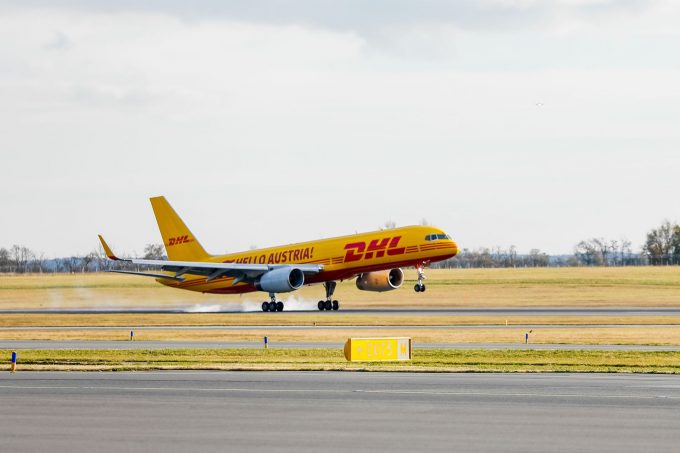Aesop's grape-hungry fox has a lesson for DHL's dealmakers
From 1.0 to 2.0

Near-shoring has been slower than anticipated to pick up, but momentum is growing, with central European forwarders expanding eastward.
Frankfurt-based Quick Cargo Service has plans to increase its footprint in eastern Europe next year.
“We already have an office in Poland, we want to expand to neighbouring countries,” said CEO Stephan Haltmayer, adding that the move was being propelled by the forwarder’s clients.
“I think many companies are considering ‘do we have to source from China, or can we source from eastern Europe?’” he ...
Macron calls for ‘suspension’ – CMA CGM's $20bn US investment in doubt
Trump tariffs see hundreds of cancelled container bookings a day from Asia
De minimis exemption on shipments from China to the US will end in May
Forwarders stay cool as US 'liberation day' tariffs threaten 'global trade war'
Mixed response in US to 'Liberation Day', while China leads wave of retaliation
Tariffs and de minimis set air freight rates on a volatile course
Overcapacity looms for ocean trades – with more blanked sailings inevitable
'To ship or not to ship', the question for US importers amid tariff uncertainty

Comment on this article